Having lost much leverage in its fraught ties with the United States, Turkey seems to be pinning hope on its newfound influence as a drone maker to bolster its strategic value in Washington’s eyes and tout the prospect of creating a “drone crescent” to contain Russia.
President Recep Tayyip Erdogan’s meeting with his US counterpart Joe Biden at the NATO summit June 14 will mark a critical moment in Ankara’s bid to mend fences and achieve some form of transactional rapport with Washington that would ease external and domestic pressures on Erdogan.
In the lead-up to the meeting, Turkey last month sealed a deal to sell 24 TB2 drones to Poland, which became the first NATO and European Union member to buy Turkish drones, following in the steps of Azerbaijan, Qatar, Tunisia and Ukraine. The $270 million deal involves operator training, maintenance and the setup of the systems’ command-control architecture — a sign that Turkey is exporting not just drones but also a battle-proven drone warfare doctrine. Albania, Hungary, Kazakhstan, Latvia, Pakistan and Uzbekistan are among other countries that might follow suit.
Turkish drones proved their efficiency against Russian air defense systems in northwestern Syria in February 2020, in Libya in the summer of 2020 and in Nagorno-Karabakh in the fall, dealing heavy blows to Russian-sponsored forces. Standing out as a low-cost and low-risk warfare option, they were able to scuttle Russian air dominance in lower altitudes and destroy command, control and communication centers, storage facilities, logistical convoys, tanks, armored vehicles and indirect fire support systems.
Ukraine has yet to start using armed TB2s. Its drones have flown only on surveillance, target acquisition and reconnaissance missions thus far, though the Ukrainian media has been abuzz with speculation that Kyiv —- encouraged by the example of Azerbaijan against Armenia in the Nagorno-Karabakh conflict — might use the TB2s to reclaim territories from Russian-backed separatists.
Military experts have also highlighted Turkey’s coordinated use of drone warfare and integrated electromagnetic spectrum capabilities, notably the Koral mobile radar systems, to jam Russian air-defense radars and collect signals of military value such as cell-phone conversations to relay targeting intelligence to the drones.
All that has given Russia food for thought, both politically and militarily. The political message for Moscow is that opposing forces in areas under Russian influence can go beyond limited punitive operations and thus grow more assertive politically. In military terms, anti-Russian forces in Russian spheres of influence could create anti-access/area denial bubbles, albeit temporarily, to challenge Russian dominance both in the air and on the ground. Some observers have argued that even Europe should learn lessons from Azerbaijan’s victory in Nagorno-Karabakh. “Most of the EU’s armies — especially those of small and medium-sized member states — would do as miserably as the Armenian army in a modern kinetic war. That should make them think — and worry,” according to Gustav Gressel, a senior fellow at the European Council on Foreign Relations.
Ankara hopes those achievements could strengthen its hand in overcoming the Biden administration’s “intentional ignorance” diplomacy and achieving some form of a transactional relationship with Washington. It appears that Turkey is trying to market the idea that despite its rapprochement with Russia in recent years and an ongoing crisis over its purchase of Russian S-400 air defense systems, Turkey remains the United States’ most valuable partner in the region in any effort to counterbalance Russia and could back US strategies by creating a “drone crescent” against Russia in the latter’s areas of interest.
Erdogan seems to view transactional ties with the Biden administration as a way to guarantee his political survival after a stunningly long stint in power since 2002. Erdogan’s combative foreign policy has hit deadlock on many fronts and his poll numbers at home have been sagging amid economic turmoil since 2018, compounded by the COVID-19 pandemic, as well as mounting allegations of corruption and malfeasance in government ranks. Further tensions with the Biden administration, including fresh US sanctions over the S-400s, could aggravate Turkey’s economic woes and thus Erdogan’s political fortunes.
In Ankara’s thinking, a Turkish-US relationship focused on transactional benefits in areas of mutual interest, rather than a wholesome alliance based on common principles and values, is a rather convenient option, especially if it also means a Washington that ignores Ankara’s drift away from democracy. The idea that Ankara’s regional military activism and export of drone warfare could come in handy for efforts to contain Russia and Iran is likely to attract buyers in the United States as well. Some analysts already argue that Washington should develop a new way of thinking about its relationship with Turkey to make use of the country’s geopolitical value.
The notion of a “drone crescent” to contain Russia could ultimately become Ankara’s strongest bargaining chip in its quest for a reset with Washington as it is left with little wiggle room after myriad bilateral crises in recent years. The skies of eastern Ukraine are perhaps the best place to watch to gauge whether Washington could be buying the bargain. The appearance of Turkish armed TB2s flying missions against Russian weaponry and targets would be a signal that Washington is willing to go along.
During the Cold War and its aftermath until the 2000s, Turkey’s geostrategic location was at the core of its value for the United States. Things evolved in the 2002-2011 period under Erdogan’s Justice and Development Party (AKP) as Turkey’s identity as a Muslim-majority nation upholding democracy came to the fore. Washington touted Turkey as a model for the Muslim world, but that policy failed due to a combination of factors, including the AKP’s authoritarian tilt, regional upheavals and other external factors.
Now, Erdogan’s government is bargaining for a return to a relationship focused on Turkey’s geostrategic value. In other words, the Turkish president would like to help the Biden administration advance its strategic interests in return for its acquiescence to Ankara’s drift away from democracy. But instead of relying solely on Turkey’s geostrategic advantages, Erdogan appears ready to actively take risks by exporting military technology and know-how to countries at odds with Russia and touting the idea of a defense belt against Russia.
Erdogan’s calculus is focused on the next presidential and parliamentary polls in Turkey, scheduled for 2023 amid mounting opposition calls for early elections. To buy time, he hopes to entice the Biden administration and Europe into some form of cooperation, while reinforcing his authoritarian grip at home.
The Biden-Erdogan meeting — their first face-to-face encounter since Biden became president — could provide the first clues on how inclined the US president is to take up such a bargain.
Al-Monitor
Reporter's code: 50101
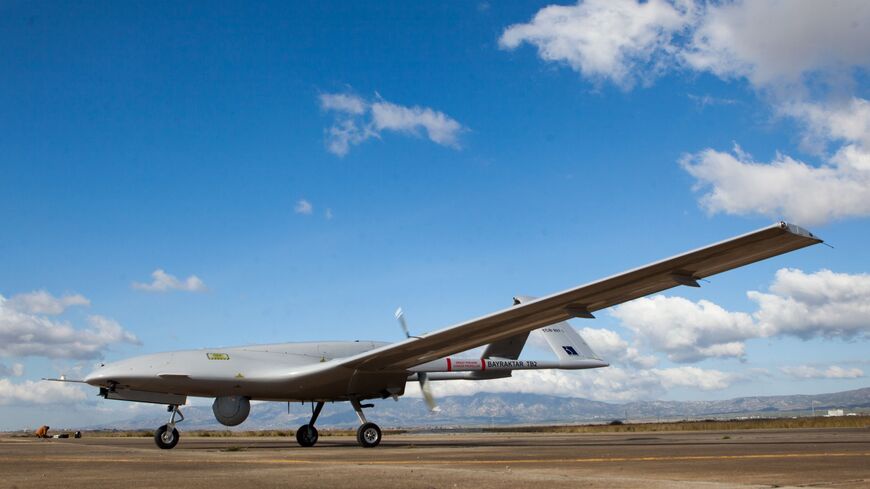
Scrambling for a thaw with Washington, Ankara hopes to draw on the success of its military drones — battle-proven against Russian weaponry — to cast itself as a key partner in US efforts to contain Russia in eastern Europe and beyond.
News Code 1022

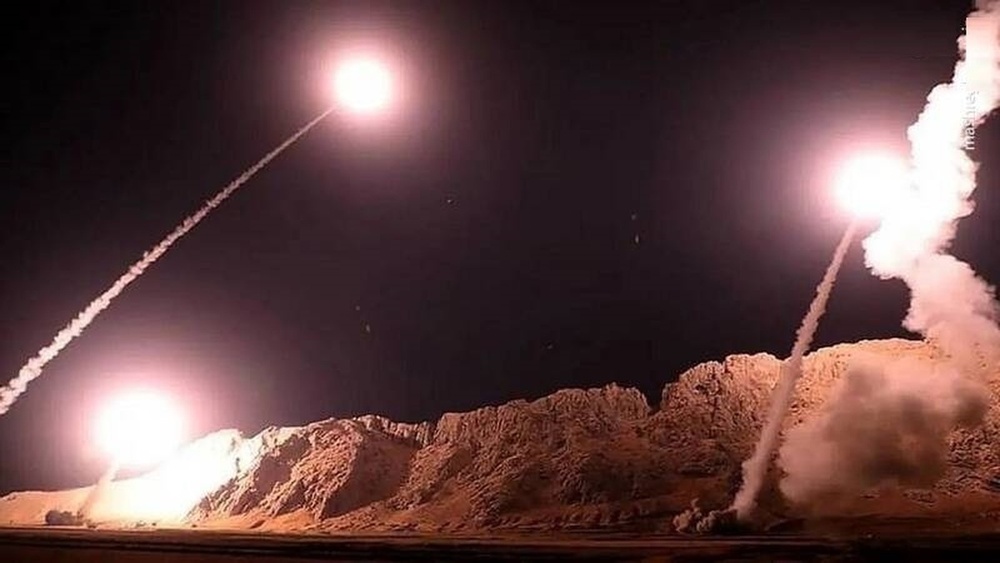
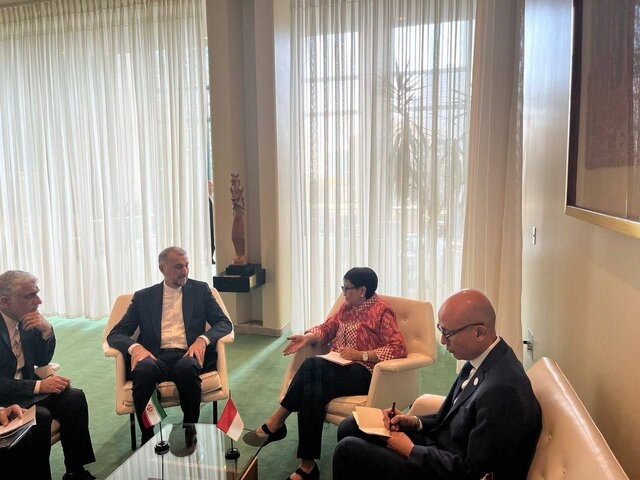

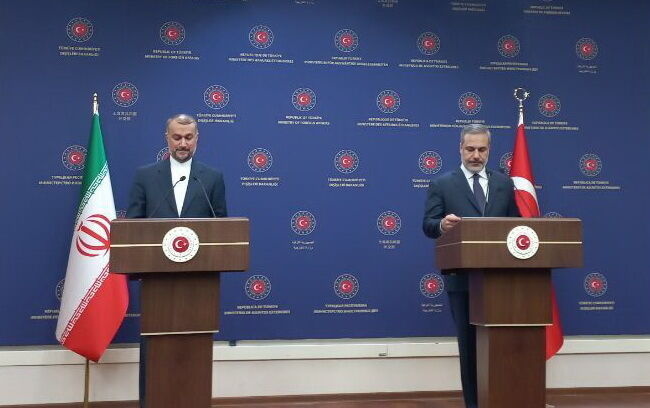
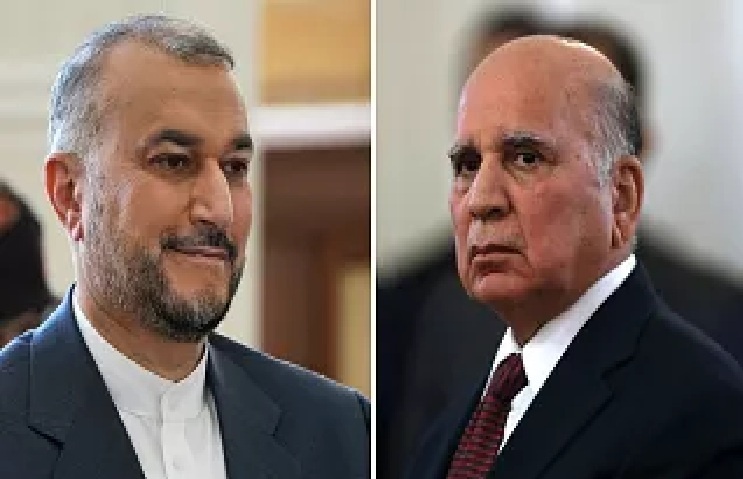
Your Comment